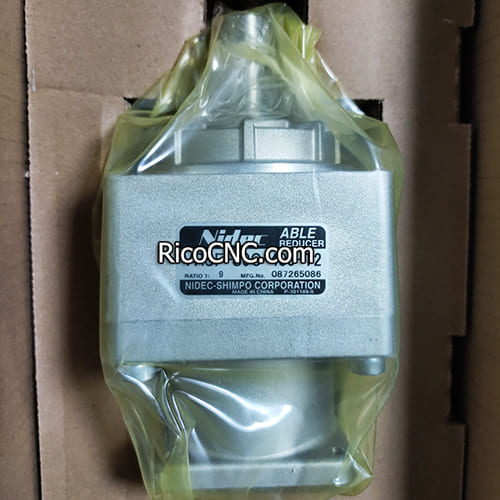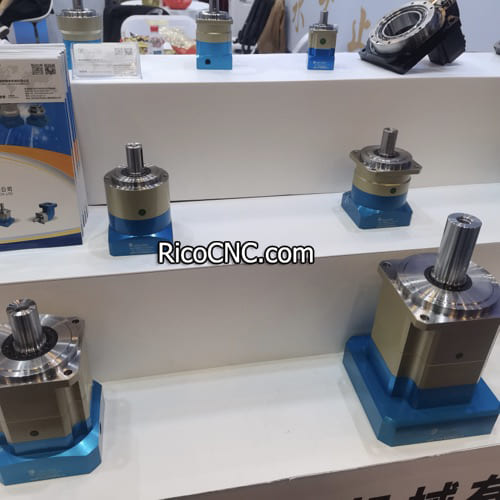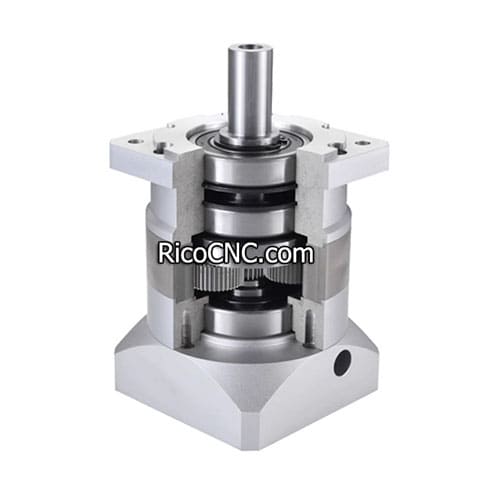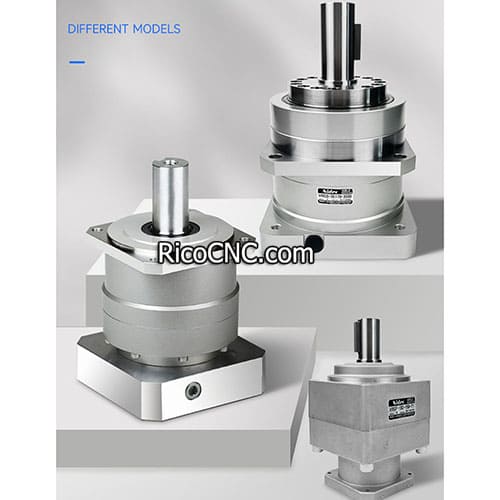

Determining whether a planetary reducer's gears are damaged requires many methods. The following inspection methods and steps can help to find gear faults:
1. Analyzing a Planetary Reducer from a Noise
Different sounds can indicate localized wear or pitting on the gears, generating impact vibrations during meshing (the frequency of which is related to the gear speed).
If there's a rubbing sound, it indicates uniform wear on the tooth surfaces or lubrication failure, resulting in metal-to-metal friction.
If there's a sudden cracking sound, it indicates a broken tooth or severe crack in the gear, generating a high-frequency impact sound.
2. Analyzing a Planetary Reducer from a Vibration
When a gear is damaged, the vibration amplitude increases significantly (normal vibration acceleration is ≤5 m/s², but may exceed 10 m/s² when damaged), and high-order harmonics of the gear meshing frequency (such as 2nd and 3rd harmonics) appear in the spectrum. Testing method: Touch the housing with your hand. If you feel any abnormal vibration or numbness, it may indicate gear eccentricity or broken teeth. If conditions permit, use a vibration meter to measure the vibration speed (unit: mm/s). Be cautious if it exceeds 8 mm/s.

3. Inspecting the Planetary Gearbox After Disassembly
Pitting or pitting on the surface indicates pitting.
Tear-like grooves along the sliding direction on the tooth surface indicate scuffing.
Pointed tooth tips and reduced tooth thickness indicate wear.
Steps or deformation on the keyway sidewalls, causing axial gear movement, indicate keyway wear.
Scratches or play on the mating surfaces (check with a feeler gauge; play > 0.05mm requires repair) indicate bearing wear.
4. Functional test of Planetary Gearbox
1. No-load vs. Loaded Comparison Test
Disconnect the load and idle the gearbox to listen for any unusual noises. (If the noise disappears, it may be a problem on the load side; otherwise, it may indicate a gear failure.)

2. Operate the gearbox under rated load and observe torque fluctuations (normal fluctuations are ≤5% of rated torque). If fluctuations exceed 15% and are accompanied by vibration, it may indicate gear meshing problems.
If gear damage is detected, it is recommended to contact the manufacturer to provide gear specifications for accurate replacement parts. High-precision gears need to be repaired or replaced by a professional team to avoid secondary damage due to installation errors.
If you still need a new planetary reducer, RicoCNC welcome you, we supply PD42-L1-10-P1 PX42-L1-10-P1 NEWGEAR Planetary Gearbox Reducer
PF120L2 70-19-70-Y VGM Planetary Gearbox Reducer
PLE080-040 Neugart Planetary Gearbox Reducer
Welcome your inquiry.















